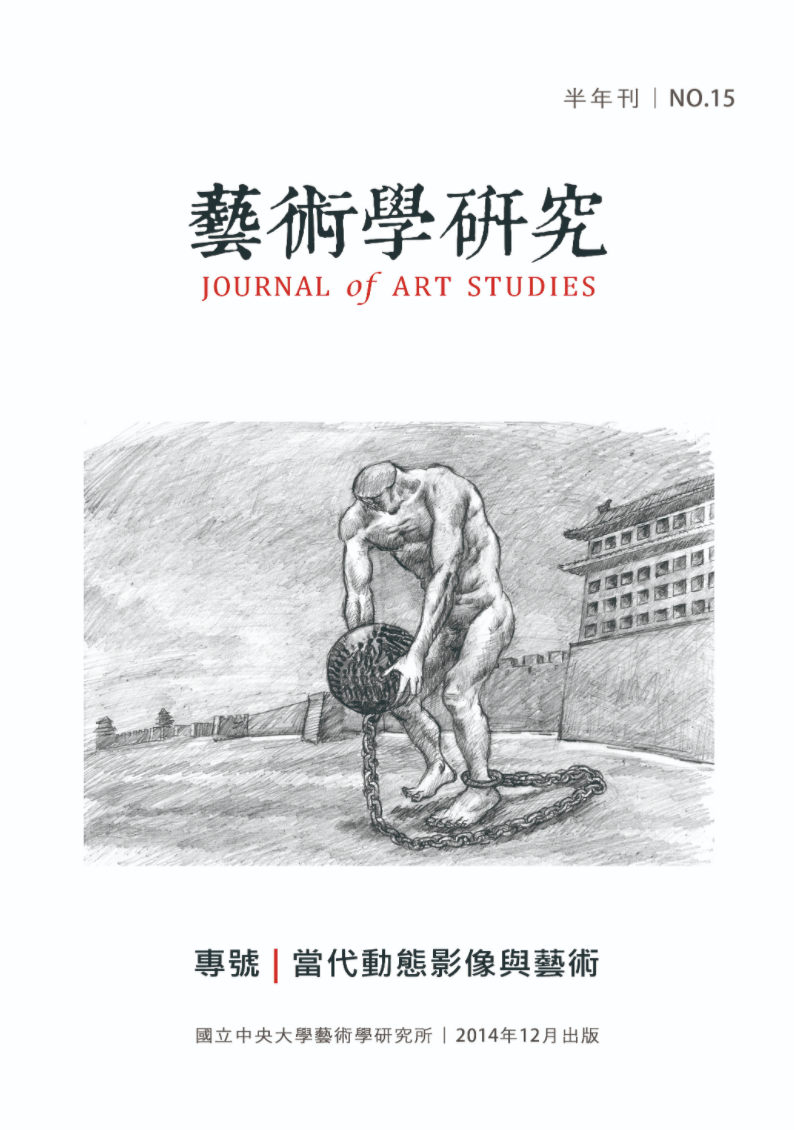本論文分析王家衛《花樣年華》中的一小片段,從第275個鏡頭到第298個鏡頭,總共24個鏡頭的電影文本分析。本論文從德勒茲的《皺褶》和柏格森的《思想與動力》的理論做為出發,來分析這一小段電影中快步的上下樓梯與在走廊中的疾步,因此,在樓梯的往上運動與往下運動,成了哲學思考與電影分析的挑戰。樓梯為一個具體的皺褶形象,王家衛把樓梯、走廊、運動、不同的電影技法與錯誤的電影剪接,將這些不同的形式與不同的思考,藉著錯誤的剪接來結合在一起,形塑他特有的電影皺褶。因此,這一小段影片,是王家衛在《花樣年華》中最大的意義陷阱,也挑戰著電影研究的實踐。
This paper aims to analyze a sequence, from shot 275 to shot 298, in Wong Kar-wai's In the Mood for Love. Starting from Deleuze's “the Fold” and Bergson's “Thought and Movement,” this paper tries to analyze scenes of rapid ascending and descending of stairs, and of trotting-through-corridors in this sequence, in which the movements up and down stairs challenge philosophical and cinematic analysis. In the sequence, Wong Kar-wai transforms the stairs, which can be seen as an embodiment of the fold, and combines them with the corridor, movement, and a variety of cinematic techniques through the use of a ‘continuity error' editing aesthetic to construct his very own cinematic fold. Therefore, this sequence becomes a trap for meaning, and a challenge to the practices associated with film studies.


